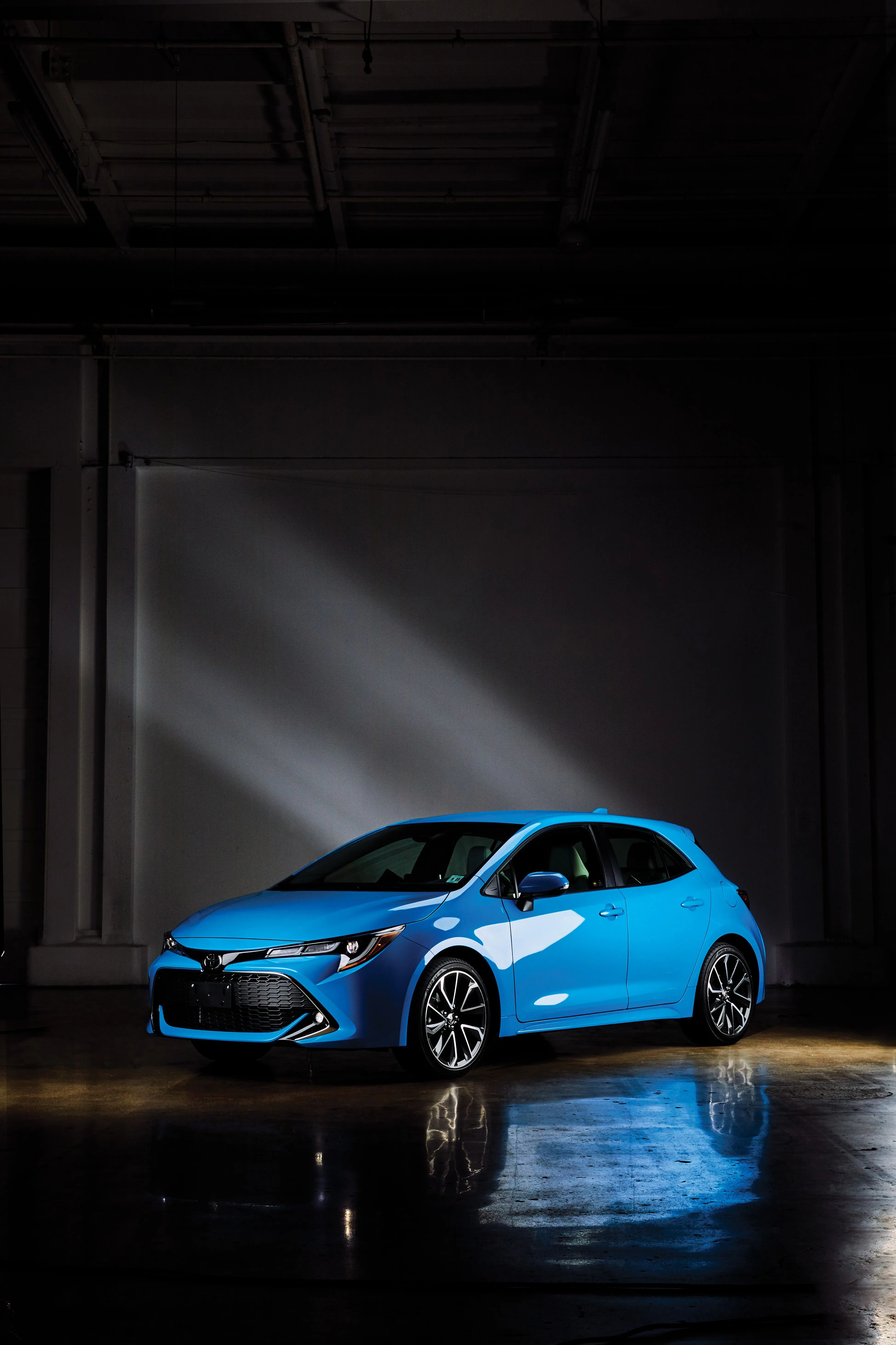This story is part of the GP100, Gear Patrol’s annual index of the 100 best products of the year. To see the full list of products or read this story in print, check out Gear Patrol Magazine: Issue Eight, available now at the Gear Patrol Store.
True revolutions in the automotive or motorcycle industries are rare. Even trendy technologies like electric power and all-wheel-drive have been around for well over a century. Interesting shifts, then, are typically introduced not as massive sweeping disruptions but instead challenges to the boundaries of safety, speed and design. The best motorcycles and cars of 2018 were chosen because they made an existing vehicle or category better — that is, more beautiful, more accessible, more capable, more fun.
Lexus LC 500
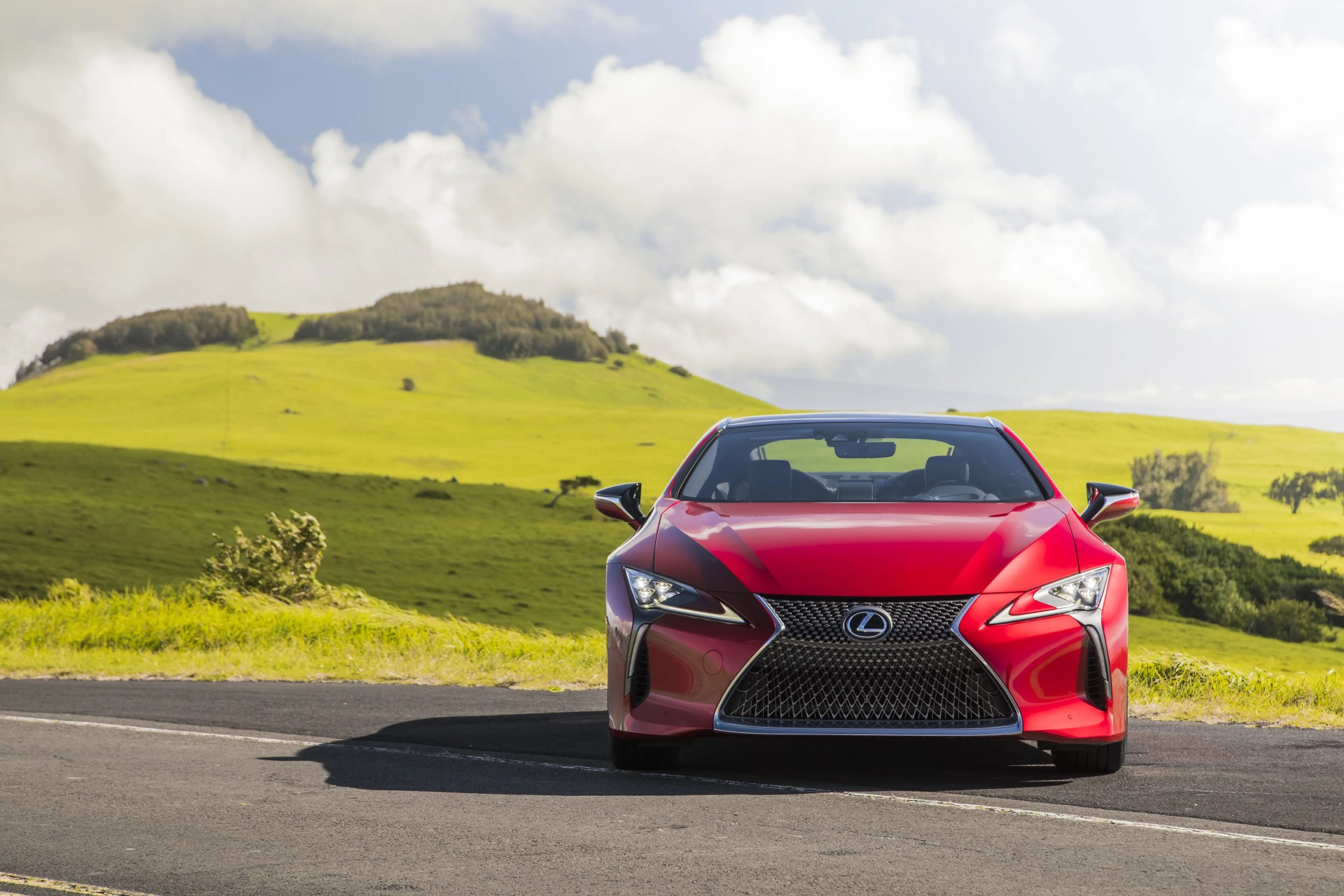 Lexus
LexusThe LC 500, introduced in 2017 as a 2018 model, is the perfect marriage of two Lexus legends: the SC, which was designed to compete with luxury coupes from Mercedes-Benz and Acura, and the wildly limited LFA, a two-seat supercar with aggressive proportions and a sonorous V10 engine. In that regard, the LC 500 is a true, high-performance grand tourer halo car, bolstered by gorgeous lines, conservative luxury and sporty inclinations. — Nick Caruso
- Engine: 5.0-liter V8
- Transmission: 10-speed automatic; rear-wheel drive
- Horsepower: 471
Volkswagen Atlas
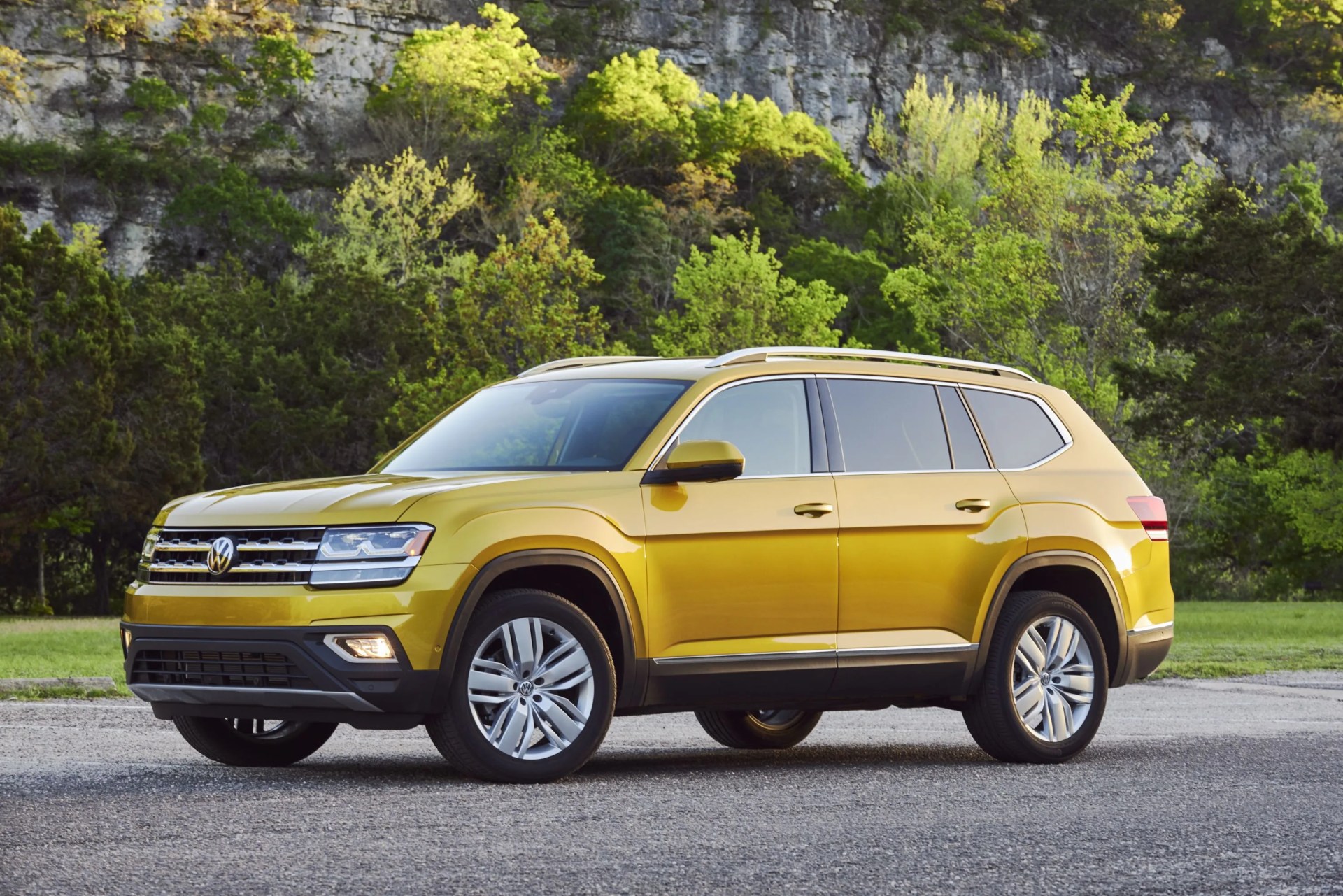 Volkswagen
VolkswagenStarting at just over $30,000, the seven-seat Atlas is the Volkswagen’s modern foray into the big-SUV marketplace. It’s so affordable, so attractive, and it so essentially answers consumers’ needs that it is now a must-shop among its competition: a smooth-driving, pleasing SUV that’s available with a grunty V6, all-wheel-drive and a more economical turbo-four engine. It’s also roomy enough in all three rows to fit adult bodies — combine that with VW’s quirky, upscale aesthetics and tech, and it’s hard to deny this is a winner. — NC
- Engine: 3.6-liter V6
- Transmission: 7-speed automatic
- Horsepower: 276
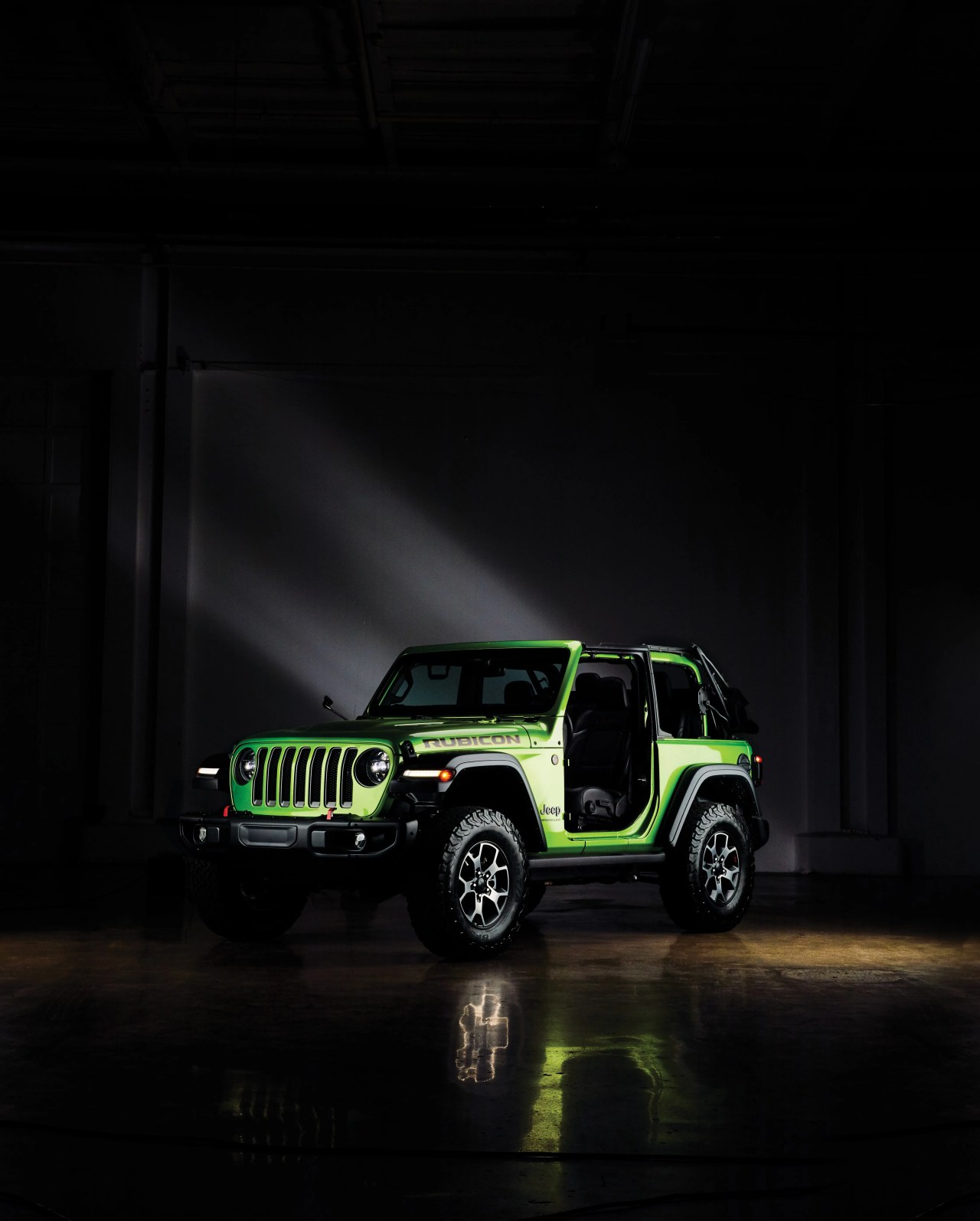 Chase Pellerin
Chase PellerinJeep Wrangler
Only a few cars in history have earned true icon status. Some disappeared from dealer floors decades ago but are still remembered as legends of their time — the International Scout or Ford Bronco. Others — like the Jeep Wrangler, introduced in the mid-1980s as America’s answer to England’s Defender or Japan’s Land Cruiser — were automotive heroes on their first day of work and continue to dominate their slice of car culture. Having purposefully evolved over the decades, the Wrangler’s newest generation surfaced in late 2017 as one of the most anticipated launches of the year. Because it’s so capable straight from the factory, the Jeep is looked at as a benchmark in the off-road world, and it maintains that mantle for 2018.
When you factor design, engineered capability and quality for price, the Jeep Wrangler has no equal.
All the hallmarks of a classic Jeep outfit the new Wrangler — like the classic silhouette and the beloved off-road capabilities — but for 2018, the fold-down windshield is back, as are squared-off flat-top fenders and removable doors. A 30-inch fording depth, 44-degree approach angle, 37-degree departure angle and nearly 11 inches of ground clearance translate into the most capable baseline Wrangler ever. On-road, bigger brakes and new electro-hydraulic-assisted steering making it more forgiving than past iterations. Bonus: in 2019, an available turbo-diesel 3.0-liter V6 will provide 35 lb-ft more torque from a lowly 3,000 rpm, giving Jeep drivers even more of what they love.
When we initially tested the 2018 Wrangler, Jeep organized a drive along the haphazard roads that floss the valleys and fjords of New Zealand’s Southern Alps. Our writer’s response? “Few vehicles, after all, are as eager to confront the casually cruel authors of millions of years of geological revisions — and then unceremoniously flip them off — as the Wrangler.” When you factor design, engineered capability and quality for price, the Jeep Wrangler has no equal. — Bryan Campbell
- Engine: 3.6-liter V6 (base); 2.0-liter turbocharged inline-four (optional)
- Horsepower: 285 (base); 270 (optional)
- Torque: 260 lb-ft (base); 295 lb-ft (optional)
 Gear Patrol
Gear PatrolKia Stinger
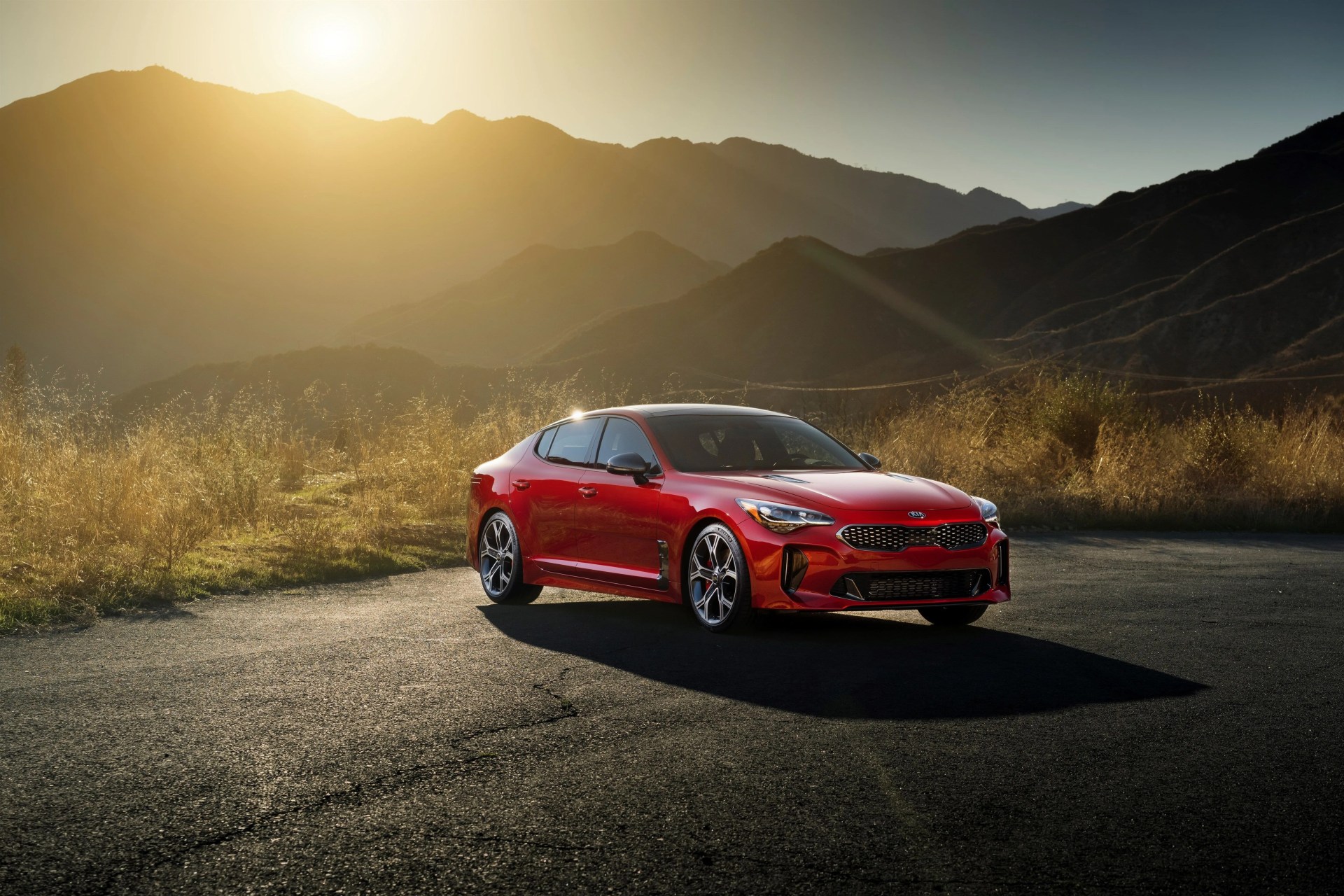 Kia
KiaKia sucker-punched the entire industry when it dropped the Stinger GT in our laps. Aggressive-yet-attractive styling wrapped around a genuinely brilliant sedan, all being pushed by a 365-horsepower twin-turbo V6 via the rear wheels. It’s a car no one saw coming from the traditionally mild-mannered Korean company, and German automakers have been put on notice — particularly since the GT, a true competitor, slots in under $40K. — BC
- Engine: 3.3-liter twin-turbo V6
- Transmission: 8-speed automatic
- Horsepower: 365
Triumph Tiger 800 XCa
 Triumph
TriumphA wave of new middleweight adventure bikes is rising and the days of the long-reigning 1000cc-plus ADVs are numbered. Case in point: the Triumph Tiger 800 XCa proves you don’t need a big engine and 600 pounds worth of motorcycle to explore far-reaching terra firma. The Tiger comes armed with a lively engine, plus a level of electronic control systems and creature comforts typically reserved for the upper echelon of BMW’s luxury overlanders. — BC
- Engine: 800cc inline-three
- Horsepower: 94
- Torque: 58 ft-lbs
 Chase Pellerin
Chase PellerinToyota Corolla Hatchback
What comes to mind when you picture a Toyota? For the majority of the nation’s population, it’s probably the Camry, a car made virtually invisible to the brain’s pleasure center by silver or black paint paired with an equally pulse-calming interior design. Each year, hundreds of thousands of Americans drive off dealership lots in the Japanese brand’s bread-and-butter sedan. But the masses can’t be blamed for that milquetoast car being the poster child of the brand. Toyota spent years inadvertently earning a reputation as a manufacturer of uninspired appliances — despite having enthusiast cars like the MR2, Supra, 86 coupe and the TRD performance lineup etched as outliers on its résumé. But, the 2018 Corolla Hatchback is the beginning of the undoing of Toyota’s blandness. It is also, consequently, the most important car the brand has built this century.
Toyota’s fun off-roaders and low-slung sports cars are known to enthusiasts because they’re marketed as being performance-forward, an aspect nowhere near the top priority for average buyers. But just because a car isn’t labeled as a sporty car doesn’t mean it can’t boast better-than-expected performance. The 2018 Corolla Hatchback carries a big message: you don’t have to be a card-carrying enthusiast to have a fun car. But the company doesn’t shout that message one bit.
The 2018 Corolla Hatchback carries a big message: you don’t have to be a card-carrying enthusiast to have a fun car.
Though Toyota could have promoted the Corolla Hatchback to the track-rat crowd and budding tuners, that tack would have painted the car into too small a corner and, ultimately, made it less profitable as a result. It would have ended up treading water in a segment already long dominated by the Honda Civic Si and the Volkswagen Golf GTI. Toyota instead did the right thing and kept its mouth shut about the car’s lively engine, sharp handling and sporty transmission options. In terms of a marketing plan, this car is just the new Corolla — a strategy that bears no chance of scaring off the swarms of Americans ready and willing to buy the sensible, affordable hatchback.
In the long run, it’s probably a better route to shy away from hardcore sports-car marketing for accessible models like the Corolla Hatchback. Many iconic cars now labeled to death as die-hard enthusiast mobiles, like the BMW 2002, Nissan Skyline and Alfa Romeo Giulia, started life as affordable, approachable, well-balanced machines. They gained their legendary reputations because drivers of all types and tastes could afford them. Today, BMW, Nissan and Alfa Romeo play on that romantic idolized view and build modern counterparts to the past performance cars — the M3, GT-R and Giulia Quadrifoglio — as exclusive, high-performance apex hunters with aspirational price tags. Leaning so heavily on your glory days could be considered cheating.
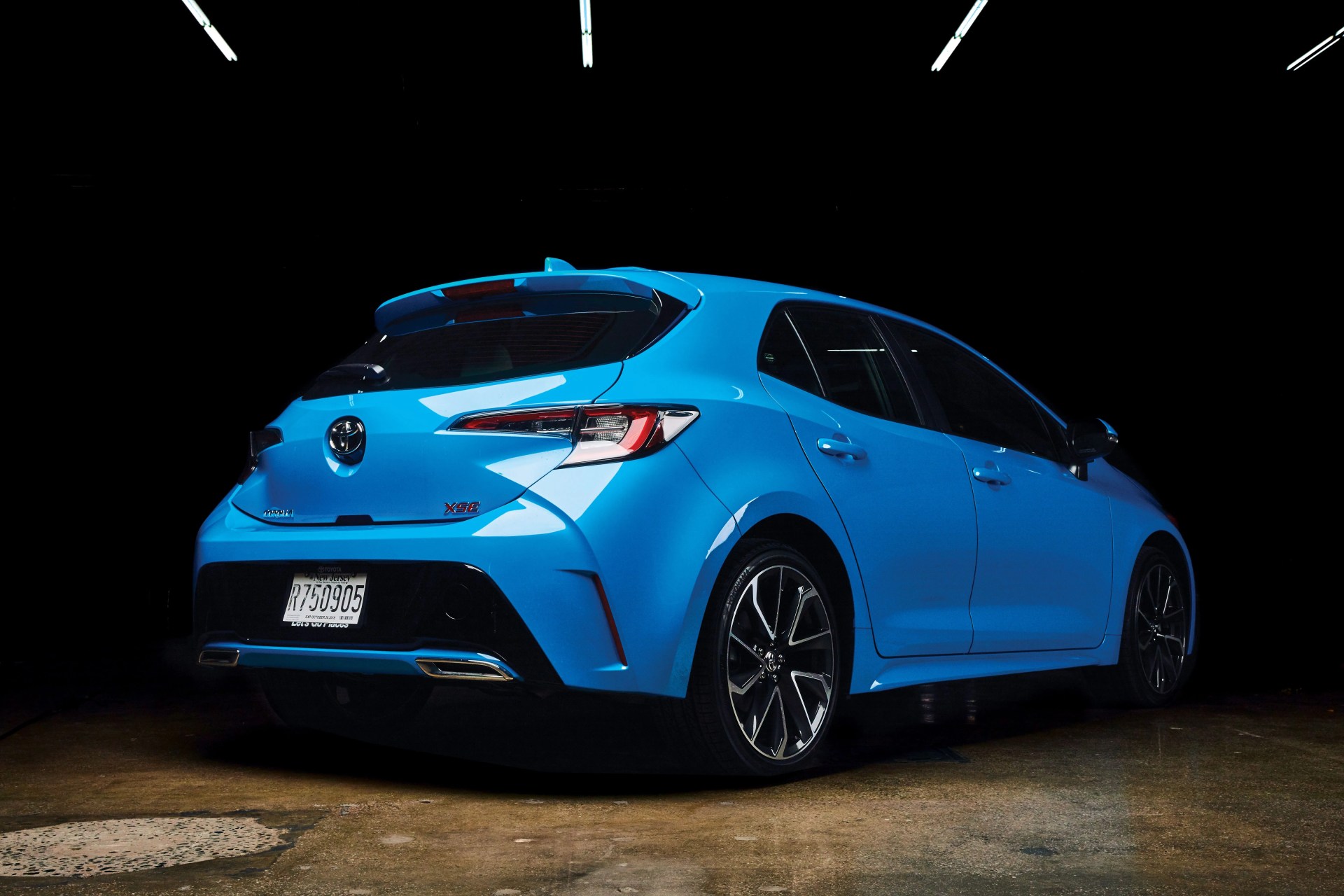 Chase Pellerin
Chase PellerinThe Toyota Corolla Hatchback is a more fitting candidate to carry the torch as the people’s performance car than vehicles that abuse their nameplates today. With prices starting at around $20,000 for the base model and the $23,000 mark for the XSE trim, Toyota’s little hatchback is in the right price range. Up front, the 2.0-liter inline-four engine gives out 168 horsepower and 151 lb-ft of torque with a 6,800 rpm rev limit: an objectively good performance playground for a roughly 3,000-pound car with its four tires pushed far into each corner of a well-tuned chassis. In the middle is a general-populous-friendly CVT transmission that’s actually fun to use and responds quickly to driver inputs; an available six-speed manual ups the fun factor even more. Toyota may have kept tight-lipped about the hatchback’s genuine performance cred in favor of letting the nameplate speak for itself, but they shouldn’t ignore those aspects completely.
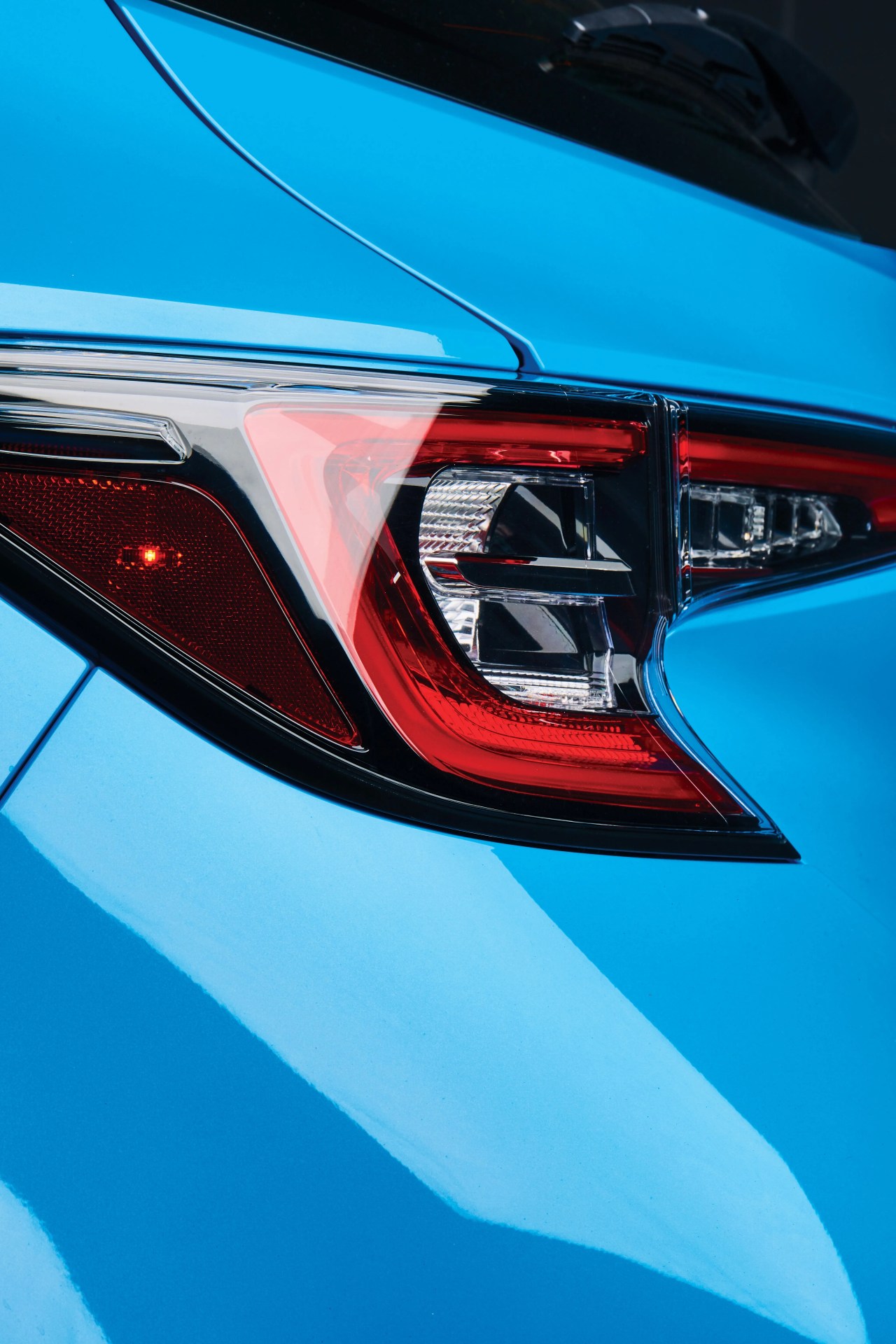 Chase Pellerin
Chase PellerinAn engine with no verve can and will make driving a car torturous. A lethargic transmission can make accelerating feel more like a chore. Chintzy suspension components and a lazy chassis will transform every turn into a moment of frustration. Toyota instead nailed all three pillars and quietly packaged them in a car over a quarter of a million people were already going to buy. The Corolla Hatchback is sowing the seeds of Toyota’s redemption from years of passionless economy cars.
Toyota has demonstrated time and again its proficiency in the realms of affordability, inclusivity and approachable performance — it was just a matter of bringing all three together in one car. The Pantheon of Automotive People’s Champs is filled with cars like the BMW 2002, Morris Cooper Mini, Datsun 510 and Nissan Skyline; now, thankfully, there’s room for a new generation. The current crop certainly includes the VW Golf GTI and Honda Civic Si, but their respective brands gave in to the temptation to market them as the top-tier performance cars for the segment a long time ago. The 2018 Corolla Hatchback instead comes onto the scene speaking softly and carrying a big stick. As with tossable sleeper cars of the past, the new Toyota doesn’t brag about how good it is with extra “sporty” badges or laser-focused marketing campaigns. Just like those past cars now recognized as icons, the 2018 Toyota Corolla Hatchback will be one we’ll someday look back on fondly to remember what a real driver’s car feels like. — BC
- Engine: 2.0-liter inline-four
- Horsepower: 168
- Torque: 151 lb-ft
Subaru WRX STI Type RA
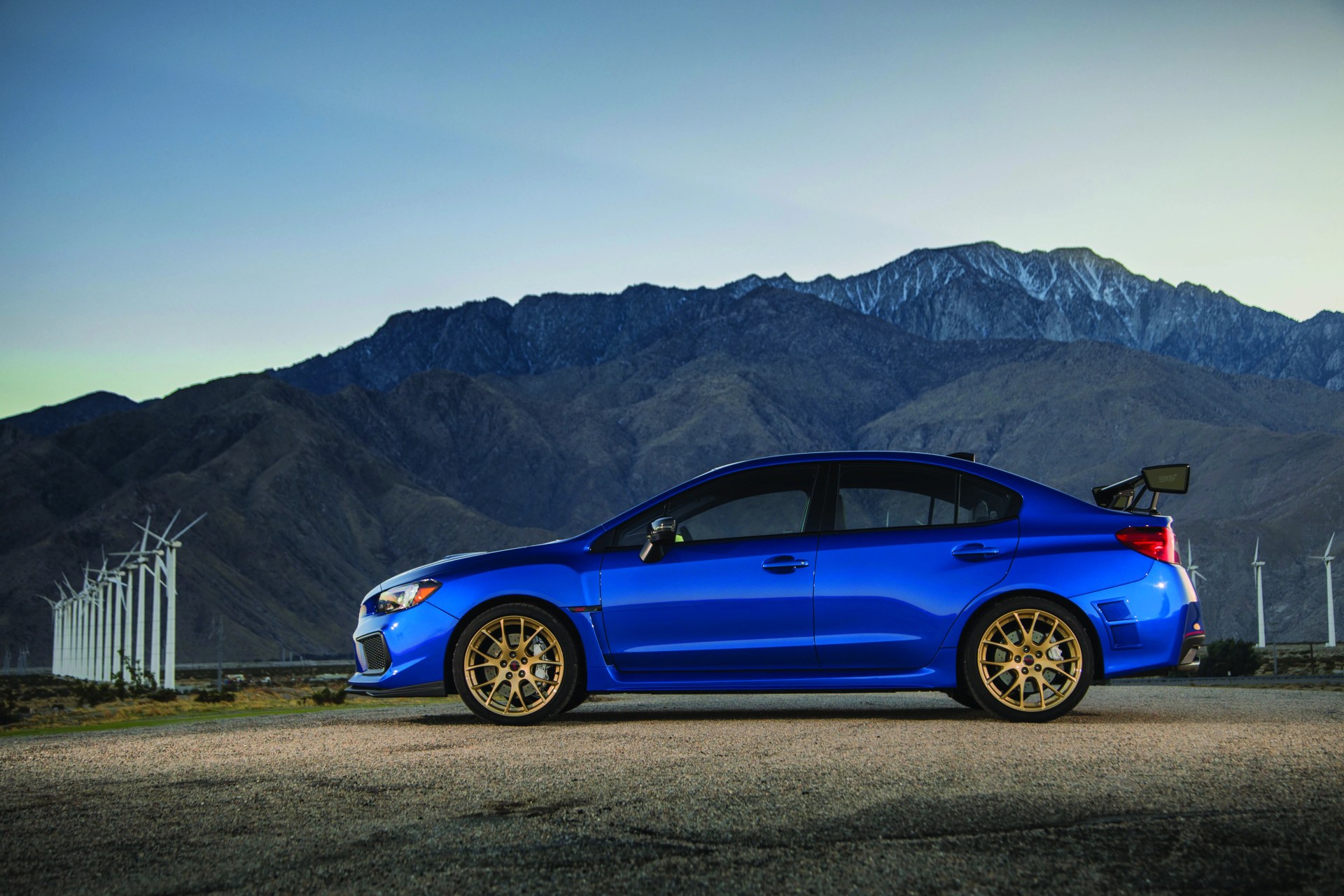 Subaru
SubaruAt first glance, the Subaru WRX STI Type RA seems like a rip-off. It’s hardly any lighter or more powerful than the lesser regular STI, yet it costs $12,900 more. The extra cash is warranted, however — it goes into a chassis finely tuned by the best engineers Subaru has to offer, which translates to otherworldly handling and response. After all, the Type RA’s 310 horsepower is more than enough grunt — what you need is a way to better control it and put it to use. — BC
- Engine: Turbocharged 2.5-liter flat-four
- Transmission: 6-speed manual; all-wheel drive
- Horsepower: 310
Volvo XC40
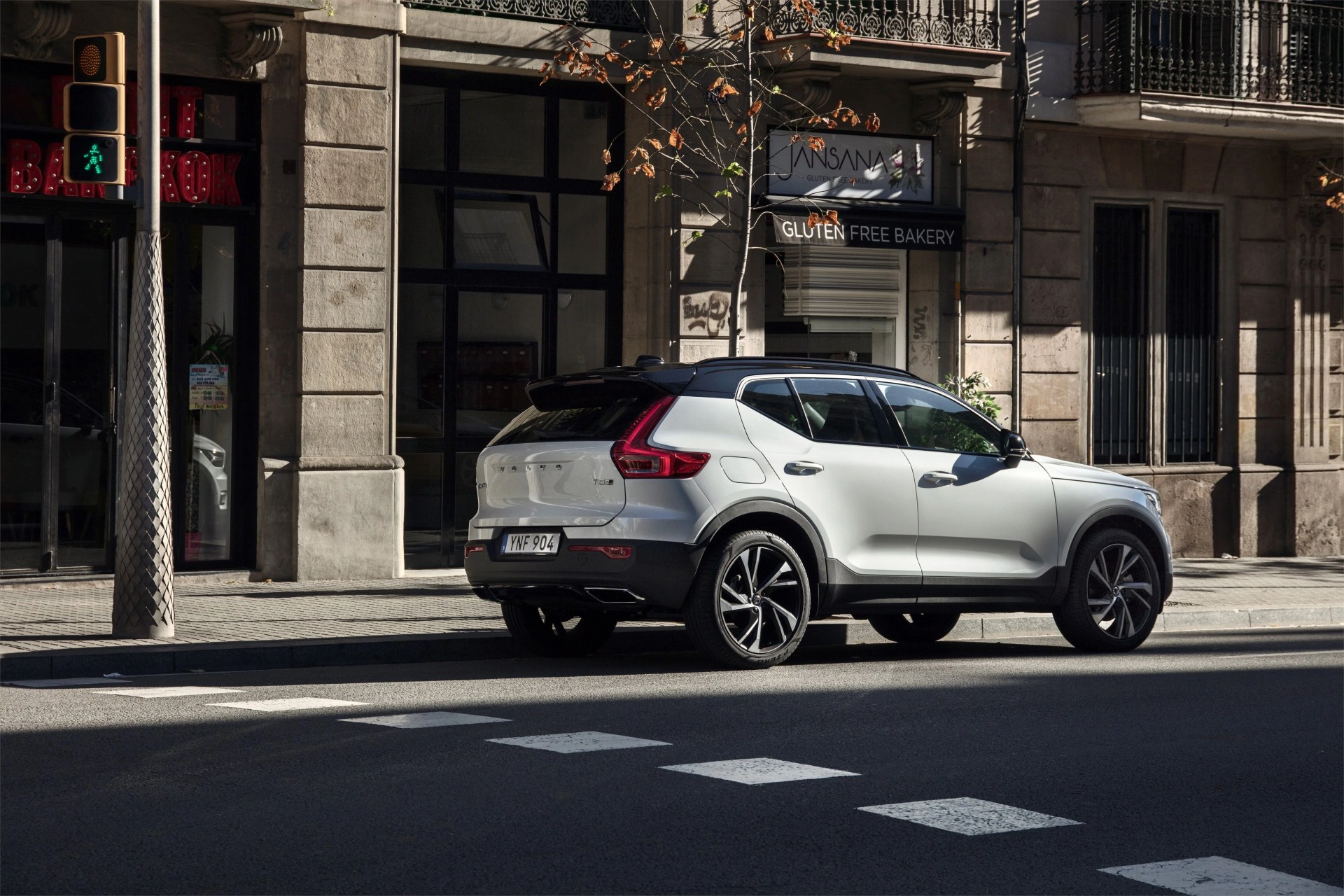 Volvo
VolvoIn a world of compact SUVs rife with relatively “cute” vehicles, looks alone do not a success make. The XC40 is an outlier, then, not only because it totally nails the “premium funk” aesthetic, but because its quality — strongly reminiscent of, yet refreshingly different from, its more upper-class siblings — is among the best in its class. The XC40 is economically innovative, too: with its introduction, it ushered in Care by Volvo, the brand’s all-inclusive (except for gas) subscription-based leasing plan. — NC
- Engine: Turbocharged 2.0-liter four-cylinder
- Transmission: 8-speed automatic; AWD
- Horsepower: 248
Cake Kalk
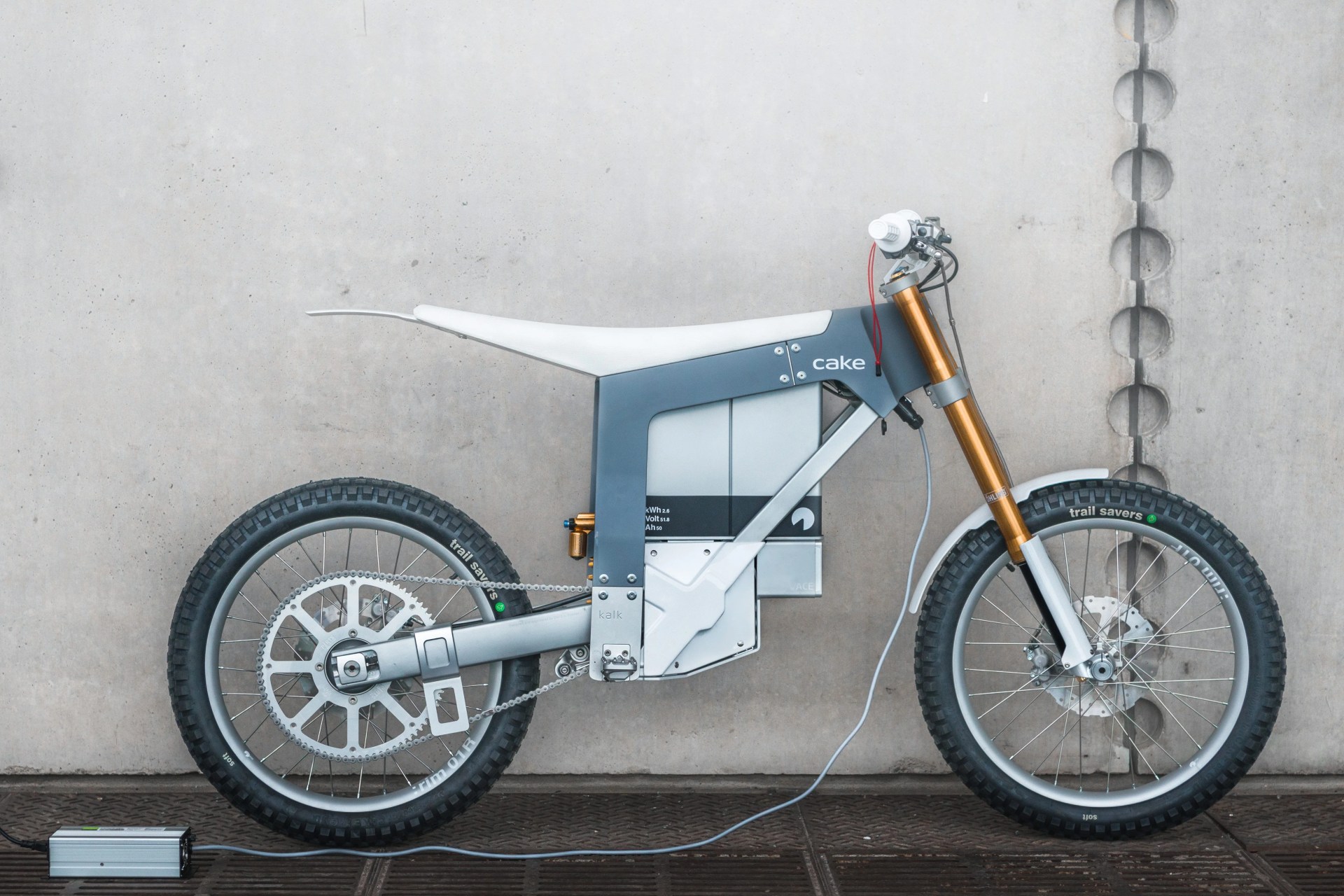 Cake
CakeDespite the resurgence of the café-racer segment and the swelling of interest in off-road-capable bikes, the motorcycle market is stale and manufacturers are clamoring to right the ship. The once-reliable baby-boomer buyers are aging out of riding altogether and potential new riders aren’t surfacing fast enough. Of all places, Sweden is home to the two-wheel culture’s best chance: a company called Cake.
Cake comes to the industry with fresh eyes and none of the restraints that tie down established manufacturers. The company’s first bike, the all-electric Kalk, borrows the best characteristics from mountain bikes and small dirt bikes to solve problems bigger brands won’t.
Kalk marries the familiarity of mountain bike controls to the performance of a dirt bike.
Founder and CEO Stefan Ytterborn did stints designing for Ikea and Saab and also founded the helmet company POC. This all to say the Kalk was never going to look bad. But it’s not solely a matter of style. Motorcycles, in general, share the same conundrum as the increasingly rare manual transmission in the car world. The manual’s decline is at least partially due to it requiring more work on the driver’s part. Similarly, aside from scooters and the odd CVT-equipped Honda, almost all motorcycles force riders to work the gears themselves, which can be a daunting turn off for potential newcomers.
 Cake
CakeThe Kalk’s design marries the familiarity of mountain bike controls — both brake levers up on the handlebars, no clutch — to the performance of a dirt bike. “We want to help people get out there and explore in an easy way without really knowing how to ride a motorcycle — not knowing the clutch, not knowing how to change gears,” Ytterborn says.
With a range of 50-ish miles — two to three hours of intense riding or just under an hour of full-throttle track time — the Kalk’s battery can be charged in just over an hour. That’s how Cake aims to go after new riders as well as urban commuters. Ytterborn admits he’s “not a traditional motorcyclist,” but he maintains that’s what gives him an advantage. Indeed, by focusing on moving forward from the limitations of mountain bikes and lowering the bar of entry for motorcycle beginners, Cake stands out in 2018 by innovating in an industry that’s had a hard time accepting change. — BC
- Horsepower: 7 – 15
- Torque: 34 lb-ft
- Weight: 145 pounds
